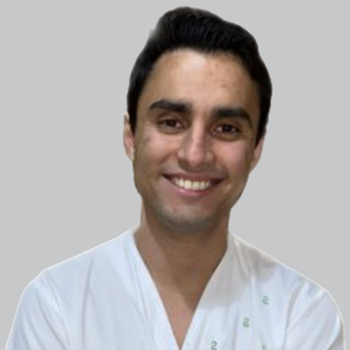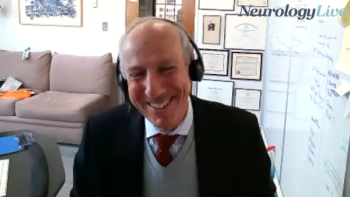
Shift in Treatment Paradigm for Dravet Syndrome: Joseph Sullivan, MD
The director of the Pediatric Epilepsy Center at UCSF provided perspective on the advances in the treatment of Dravet syndrome, emerging research concepts in the field, and the influence of genetic testing. [WATCH TIME: 5 minutes]
WATCH TIME: 5 minutes
"For Dravet syndrome specifically, this is a very engaged and connected community who have been striving for better treatments. In just the last 6 years, we went from having zero FDA-approved medications for the treatment of Dravet to now having three."
At the
More than 85% of patients with DS have a mutation in SCN1A, a gene that contains instructions for the creation of sodium ion channel protein in the brain. Other SCN1A mutations are associated with less severe forms of epilepsy, such as genetic epilepsy with febrile seizures. Around 10-15% of patients diagnosed with DS have no detected SCN1A mutation, and in some cases, individuals might have a mutation in genes other than SCN1A that mimic DS. The advances in the understanding of the underlying pathophysiological structure of DS and improved genetic testing has now opened the door for ASOs to play a part in the treatment paradigm, says
Sullivan, director of the Pediatric Epilepsy Center at UCSF, says there are still complications to be figured out with these genetic-based approaches; however, he believes they offer real therapeutic potential for those with refractory forms of epilepsy. In a recent interview with NeurologyLive®, Sullivan discussed the significance of STK-001 and the shift in DS treatment paradigm over the years. Additionally, he provided thoughts on the emerging concepts in the field, including the improvements to genetic testing and the potential for precision medicine.
Newsletter
Keep your finger on the pulse of neurology—subscribe to NeurologyLive for expert interviews, new data, and breakthrough treatment updates.



































